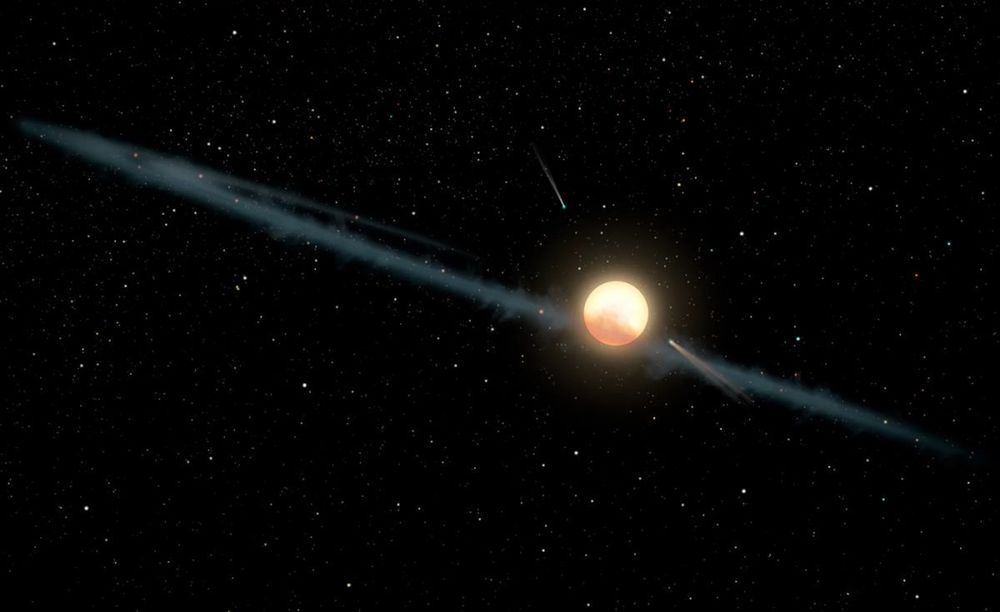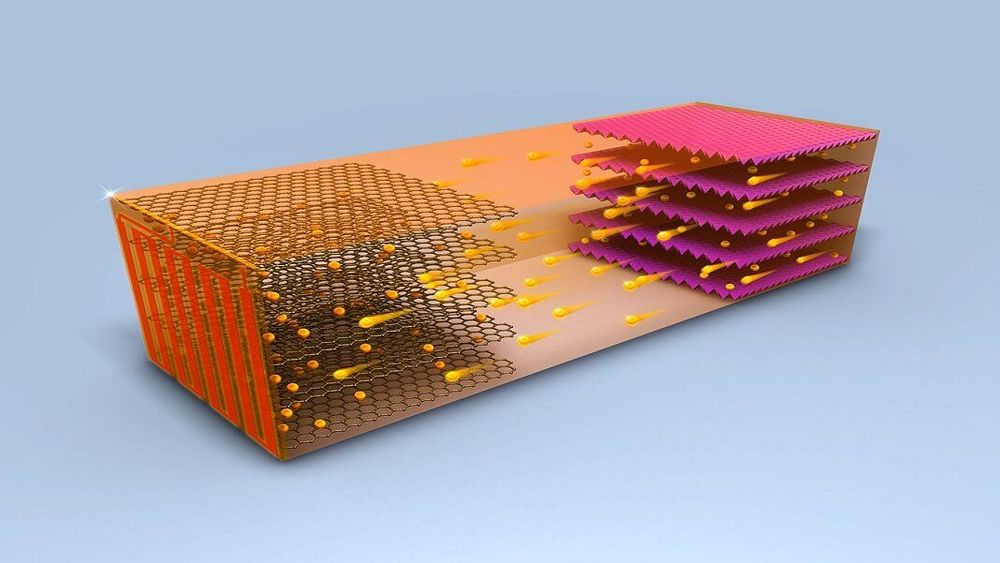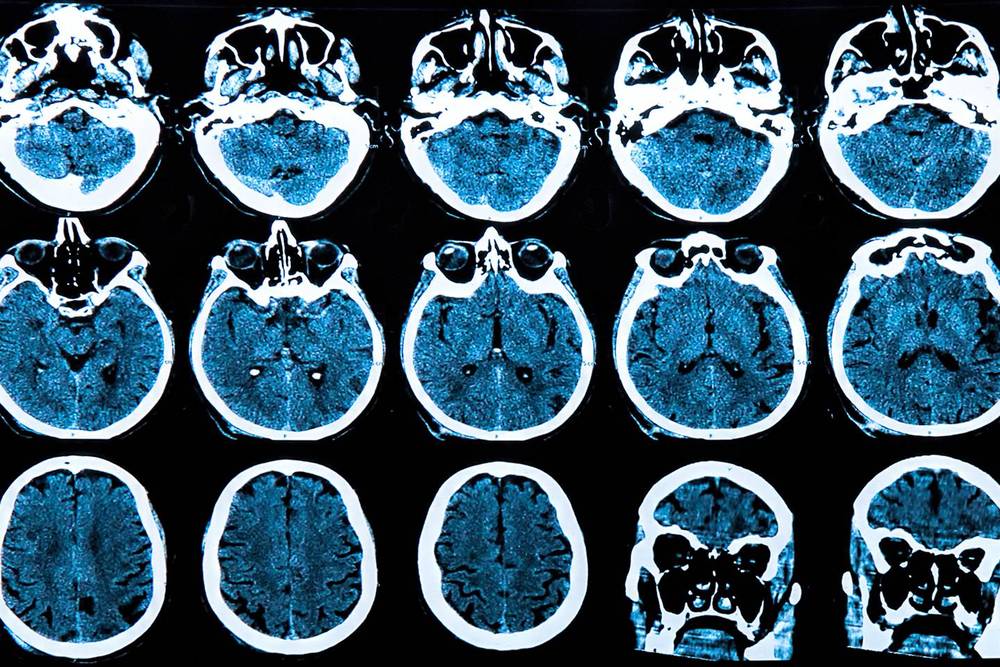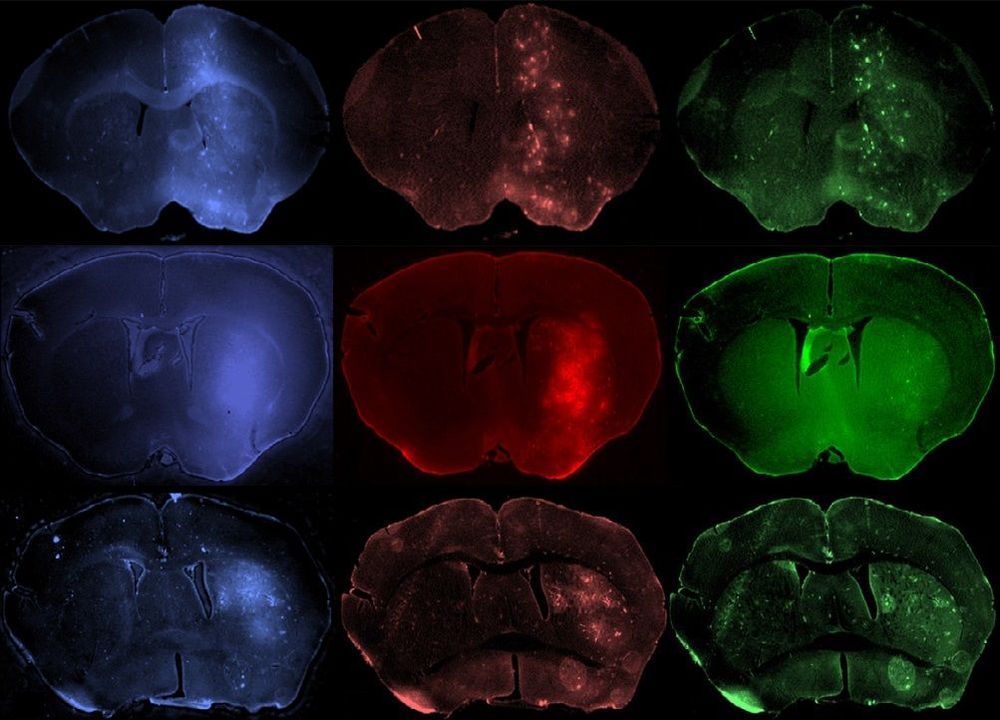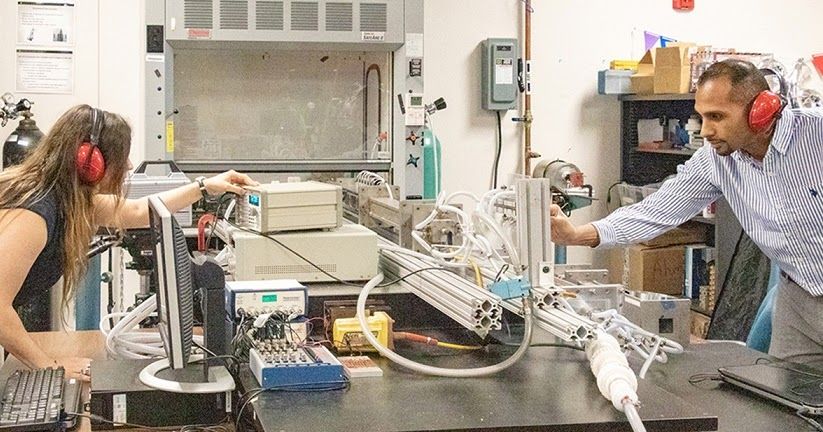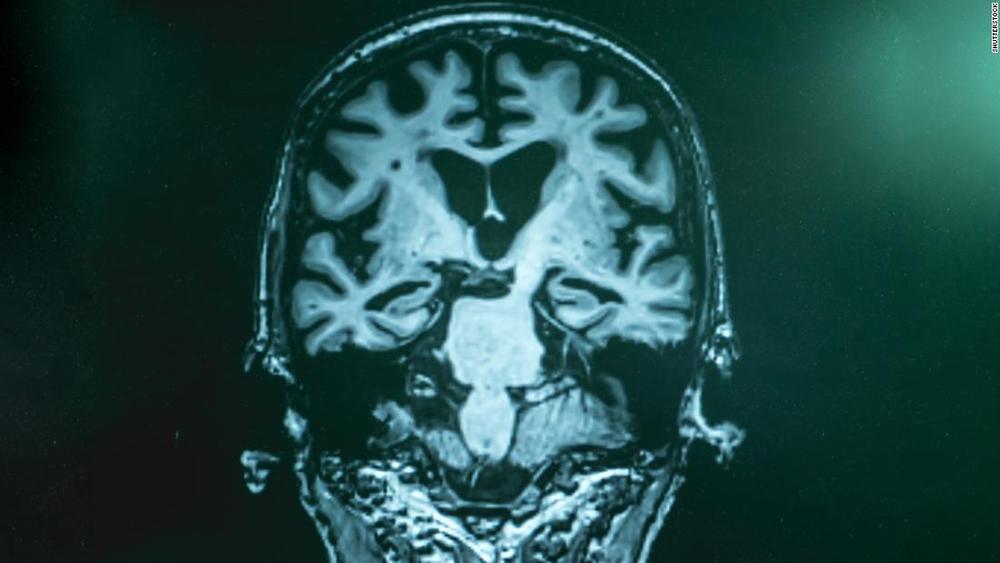I think this is real but some say it isn’t.
A mysterious star whose repeated bouts of darkening might be due to “alien megastructures,” according to some researchers’ conjectures, may now have more than a dozen counterparts that display similarly mystifying behavior, a new study finds.
Further research into all of these stars might help solve the puzzle of their bewildering flickering, the study’s author said.
In 2015, scientists noticed unusual fluctuations in the light from a star named KIC 8462852. This otherwise-normal F-type star, which is slightly larger and hotter than Earth’s sun, sits about 1,480 light-years from Earth, in the constellation Cygnus.
